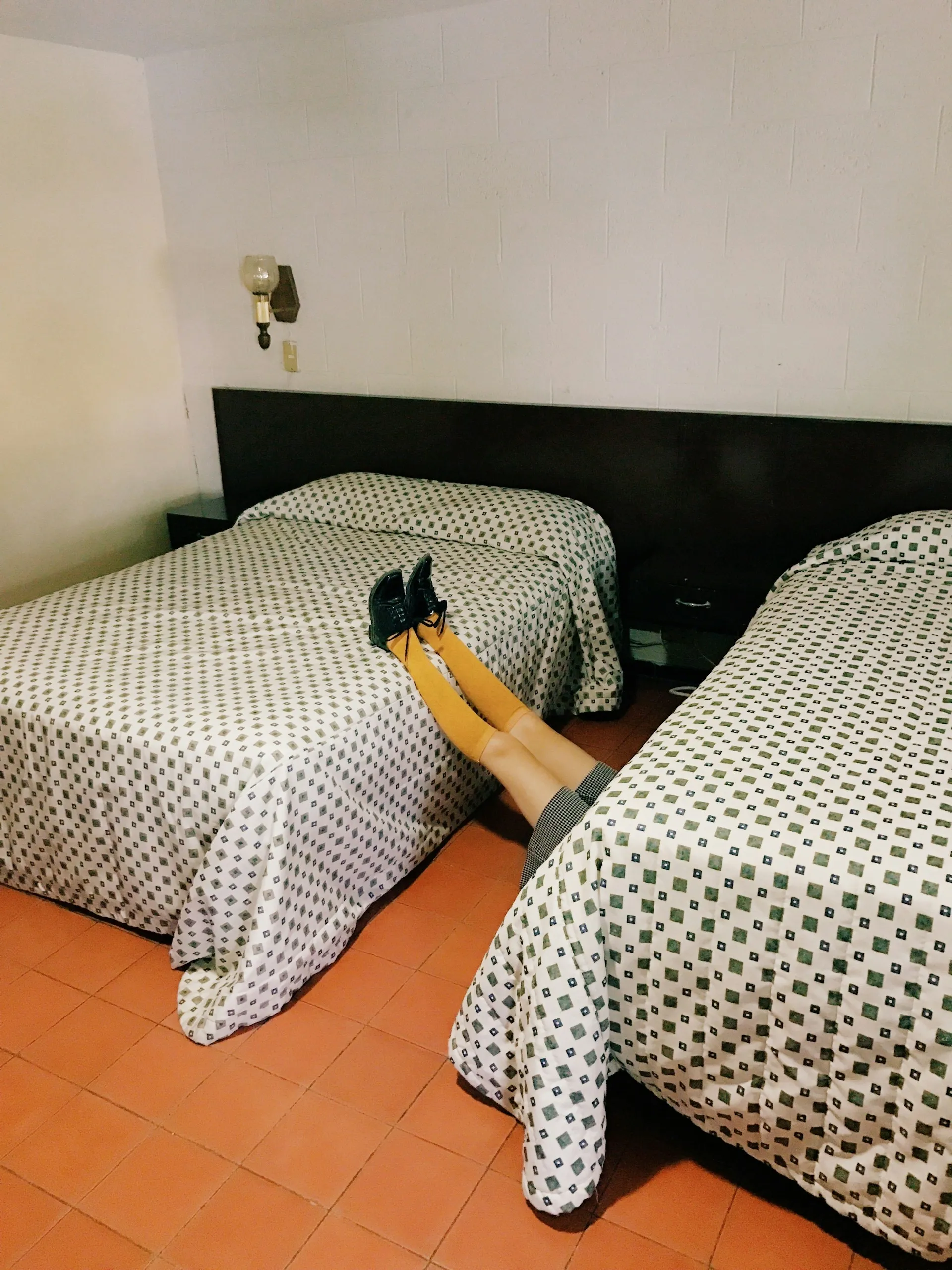
Final inspections are the last line of defense before guests arrive.
Introduction
After the linens are changed and the bathroom is scrubbed, many hotels stop at “good enough.” But for guests, the final impression of your property depends on what happens just before the room is released. That’s where inspections come in.
The challenge? Hundreds of free checklists online run into the dozens of pages. They might make managers feel reassured, but they’re so long that staff rarely use them. The reality is that housekeepers often have 30 minutes—or less—to turn a room. Perfection is unrealistic, but consistency is achievable if inspections focus on the essentials.
If you’re pressed for time, check out our 15-Minute Room Turnover Checklist. Otherwise, let’s dive into what really matters during final inspections.
Three Priorities That Must Be Perfect
Some details are optional; others are non-negotiable. Your inspectors should never release a room without confirming these three areas:
1. Linens
The bed is the focal point of any hotel room. Guests may not notice the artwork or side table, but they always notice the bed. Crisp, tightly made sheets, fresh pillowcases, and neatly arranged decorative items send an instant signal of quality.
At home, few people make beds to hotel standards. That’s why a perfectly dressed bed feels luxurious—and why even one wrinkle, stain, or hair stands out like a neon sign.
2. Bathroom
Bathrooms are unforgiving. A single missed hair, a smudge on the mirror, or a faint odor can undo all the hard work of the cleaning team. Guests equate bathroom cleanliness with overall hygiene, so this is one area where “almost clean” isn’t enough.
Every inspection should check for spotless sinks, gleaming fixtures, stocked amenities, and folded towels that look intentional, not tossed.
3. Dust (Especially in “Forgotten” Places)
Dust is where guests love to play detective. They’ll run a finger across the nightstand or spot cobwebs in ceiling corners. It’s also where time-pressed housekeepers tend to cut corners.
Inspectors should check:
- The tops of mirrors and picture frames
- Chair arms and table edges
- Floor corners where vacuums often miss
These details separate a polished guest experience from a mediocre one.

There’s always a guest that shows up at the hotel wanting to find a problem.
The Rest of the Inspection: A Smart, Streamlined Checklist
Once the “big three” are confirmed, your staff may only have 10 minutes left in their window. That’s where a lean, repeatable checklist comes in. Here’s a streamlined list inspectors can realistically follow:
- Odor check: Step into the room with fresh senses. If it doesn’t smell neutral or pleasant, find out why.
- Surfaces wiped: Desks, nightstands, TV stands, and shelves should be free of smudges, rings, and crumbs.
- Glass and mirrors: Spot-check for fingerprints and streaks.
- Carpet/flooring: Corners vacuumed, no visible debris under beds or furniture.
- Lighting: All bulbs working, no buzzing or flickering.
- Curtains/blinds: Open and close smoothly; no dust clouds.
- Temperature control: Thermostat and AC/heat working. Set to a welcoming, moderate temperature.
- Amenities: TV remote, coffee maker, iron, hair dryer all present and functional.
- Safety items: Smoke detector light blinking, door locks secure, peephole clear.
- Final touch: Curtains arranged, lights adjusted, and welcome note (if used) placed neatly.
This condensed list ensures that 90% of potential guest complaints are prevented without overwhelming your staff.
How to Train Staff for Consistency
The key to inspections isn’t just what’s on the list—it’s making sure the list is usable. Training tips:
- Keep printed checklists short and scannable (no dense text blocks).
- Use digital checklists on tablets or phones if possible; they can timestamp inspections and reduce paper.
- Encourage staff to think like guests: enter the room, pause, and scan the space as if checking in.
- Build accountability by having supervisors spot-check completed inspections randomly.
Consistency, not perfection, is the goal.
Pro Tip: Align Expectations with Reality
Managers sometimes expect “five-star perfection” in every room, even when staffing and pay structures don’t allow it. Realistically, your team works within fixed time limits and budget constraints. That’s why prioritizing the top three areas plus a lean checklist is far more effective than demanding a 100-point inspection.
Perfection isn’t possible—but guest satisfaction at scale is.
Closing Thoughts
Inspections aren’t just about catching mistakes; they’re about building trust with your guests. By focusing on the essentials—linens, bathrooms, dust—and layering on a streamlined checklist, you give your team the tools to deliver consistent quality across every room.
Want to take this further? Try our interactive Housekeeping Time Calculator (coming soon) or download our Guest Room Inspection Guide on Etsy. Both are low-cost, high-value tools designed to save you time and raise your housekeeping standards.
Housekeeping Time Calculator
Estimate daily cleaning time to hit a consistent quality bar. Adjust inputs to match your operation.